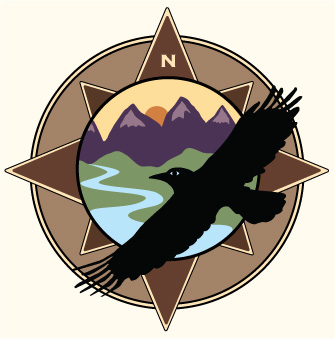For the first time there is a complete GIS curriculum based on free and open source (FOSS4G) software! Better yet the material are freely available to everyone. The curriculum consists of five courses:
- GST 101 – Introduction to Geospatial Technology
- GST 102 – Spatial Analysis
- GST 103 – Data Acquisition and Management
- GST 104 – Cartography
- GST 105 – Remote Sensing
 Examples of FOSS4G Academy QGIS Labs
Examples of FOSS4G Academy QGIS Labs
The courses were developed via the National Information Security and Geospatial Technologies Consortium (NISGTC), under the leadership of Phil Davis (Del Mar College). Kurt Menke (Bird’s Eye View), and Dr. Richard Smith (Texas A & M – Corpus Christi), authored the material which includes: theory, lecture, labs, data and task oriented video tutorials for each lab exercise.
The courses are aligned with the Department of Labors Geospatial Technology Competency Model (GTCM). The GTCM was published in 2010 and will be revised in 2015. It describes the complete set of knowledge, skills, and abilities required by GIS professionals. It is designed around a hierarchical tiered model of knowledge and promotes use of open source technology.
 Geospatial Technology Competency Model
Geospatial Technology Competency Model
QGIS is the featured software for all courses. When appropriate other FOSS software’s are also included such as GRASS and InkScape.
The vast majority of US based colleges and universities use a single vendor’s proprietary GIS software, making this series of courses very unique. In fact it is the first national attempt at a completely open source GIS curriculum. By their very nature of open source software, there is no marketing engine promoting them. This has slowed the adoption and overall use of open source GIS. One hope is that this material will entice people to learn about FOSS4G. Bird's Eye View will be offering instructor led online versions of these courses in the near future.
The targeted audience is broad and includes:
- Secondary school educators and students
- Two and four year college educators and students
- Students in need of GIS skills
- Workers seeking to broaden technology skills
- Anyone desiring QGIS and open source knowledge and skills
 FOSS4G Academy
FOSS4G Academy
The courses are available online at the FOSS4G Academy. Over 2,500 students have already enrolled for these courses demonstrating how in demand these materials are. Visit the FOSS4G Academy now and explore the material!



 Birds Eye View GIS
Birds Eye View GIS











